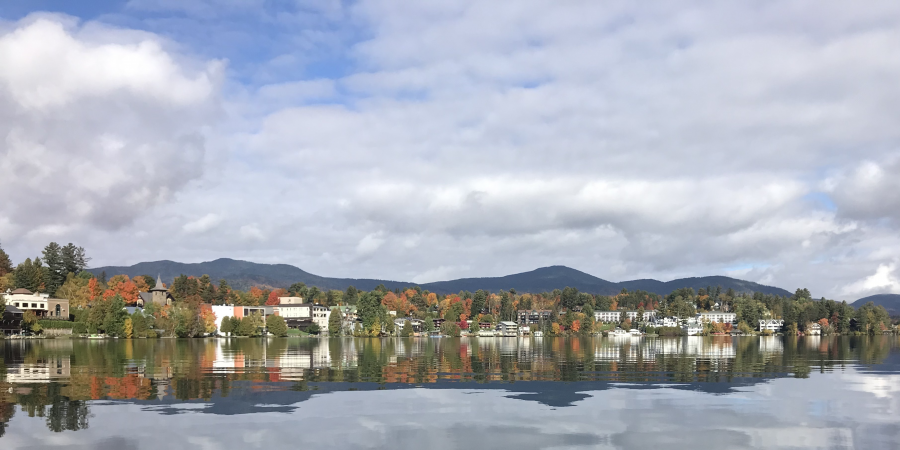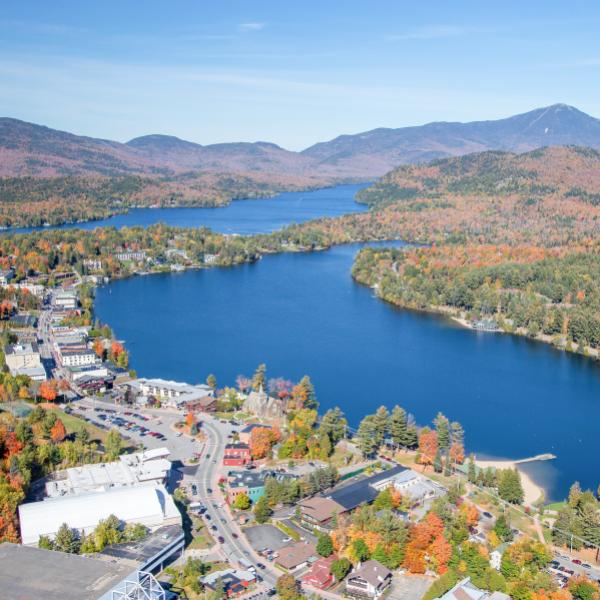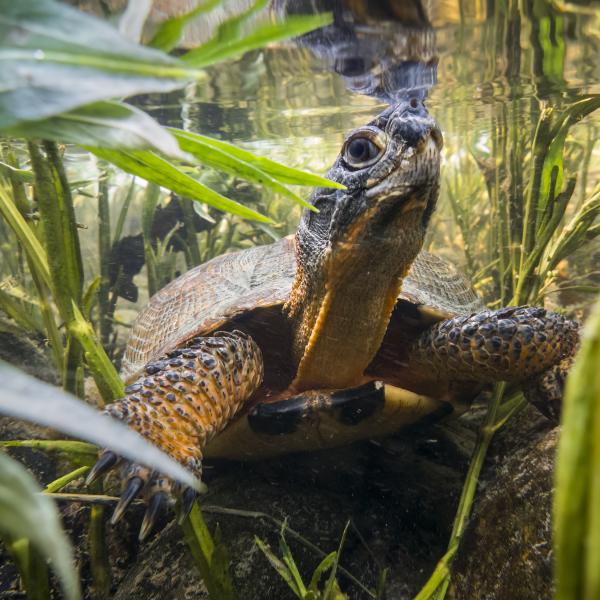If you spend time following the work of the Ausable River Association, you know that dissolved oxygen (DO) is an important component of water quality. Dissolved oxygen is the measure of how much oxygen is dissolved in water, or the amount of oxygen that is available to aquatic organisms. Oxygen is vital to almost all forms of life including aquatic insects, zooplankton, and fish. In general, dissolved oxygen levels are high in rapidly moving water and low in still or stagnant waters. Precision methods exist for measuring DO in water and can be compared to tested standards for supporting specific species in ideal and in stressed environments.
Dissolved oxygen is measured with a field or lab meter and expressed as a concentration, specifically in mg/L or as a percent of saturation. DO concentrations typically range from 0 mg/L to 25 mg/L. Aquatic organisms such as lake trout prefer DO concentrations greater than 6 mg/L. Less than 2 mg/L of DO are considered anoxic or low oxygen and can be lethal to organisms.
Dissolved oxygen levels in rivers such as the Ausable are typically high due to the turbulent water flow. However, increases in soluble elements, excessive bacterial growth due to elevated nutrient inputs, or higher water temperatures, can cause decreases in DO. The solubility of oxygen in water is directly related to temperature and salinity and decreases as the others increase.

Graph of temperature and dissolved oxygen from April 2015- August 2021 in Styles Brook.
The graph above shows DO concentrations (orange line) and water temperature (blue line) in Styles Brook on the East Branch Ausable River in the towns of Keene and Jay from April 2015 to August 2021. The direct relationship between dissolved DO and temperature can be seen as the lines alternate in direction. Additionally, DO and temperature vary by season and year. Higher DO concentrations correspond to lower temperatures in the fall and winter. One of the warmest years on record was in 2018, which correlates with lower DO concentrations. Preliminary data for late 2020 and early 2021 show higher DO levels, we are working to understand this rise. But, it is likely due to snow melt and turbulent water from the high gradient of Styles Brook. Dissolved oxygen levels are important to track as lower DO leads to stressed aquatic species which can slow metabolic rates and reproduction.
Support our water quality work for clean water and healthy streams. Give with confidence today!
As in streams, primary sources of DO in lakes occur through diffusion from the atmosphere and primary production. These processes vary throughout the year. During periods of lake turnover in the spring and fall, oxygen is redistributed throughout the water column. During the summer stratified period, warm water at the surface of the lake prevents the cold bottom waters from mixing and limits the source of atmospheric oxygen. Similarly, during the winter months, while the lake is covered with ice, the supply of atmospheric oxygen is reduced and contributions from primary production are very low.

Temperature (°C) (A) and dissolved oxygen (mg/L) (B) from vertical profiles collected at 1m intervals at the deepest part of Mirror lake for 2020. Lighter colors denotes higher temperatures or dissolved oxygen.Courtesy of Brendan Wiltse.
In Mirror Lake, the subject of the above graph, reductions in bottom water DO raise concerns for aquatic wildlife, especially native salmonid species. During the summer months, these fish species seek out an optimal zone in the lake, an area which is both cool (<15 °C) and well oxygenated (>6 mg/L). This zone can be very small, or non-existent in lakes. There are parallels for native fish and other aquatic species in streams. Our work at the Ausable River Association uses rigorous science to understand human and climate induced changes in waterways and, working with our communities, identifies innovative solutions that can lead to healthier habitats for native aquatic species.
Story, photos and first graph by Leanna Thalmann, Water Quality Associate. Top photo: Fall colors on Mirror Lake.
Sign-up for our e-newsletter to get weekly updates on the latest stories from the Ausable River Association.





